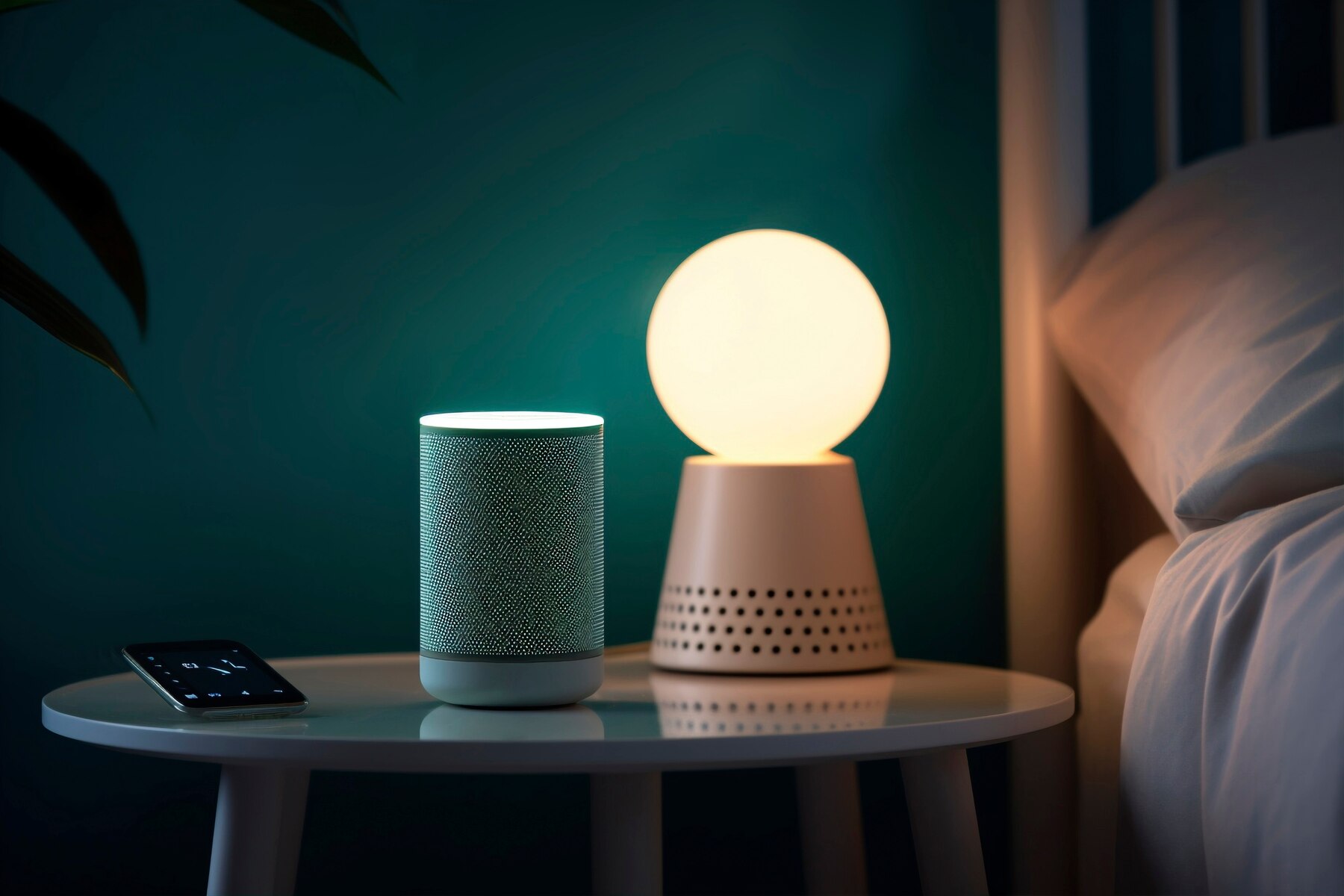
Energy-Efficient Smart Homes: How AI Saves Electricity
In today’s fast-changing tech world, smart homes now mean more than just comfort and luxury. Smart homes that use artificial intelligence (AI) are key to cutting energy use. This shift is part of a bigger focus on sustainability and saving energy. This change helps households and also tackles global energy issues. In this blog, we explore energy-efficient smart homes. AI-driven tools, like smart thermostats and green automation, are transforming our electricity use.
The importance of energy efficiency cannot be overstated. With climate change and fewer natural resources, optimising our energy use is vital. AI energy management systems are a smart way to monitor and control energy use in homes. These systems use smart algorithms and machine learning to make quick decisions. This boosts efficiency and keeps comfort levels high.

Key Benefits
AI Energy Management: Transforming Home Energy Use
AI energy management systems lead the way in making smart homes more energy-efficient. Integrating AI into home energy systems helps homeowners cut down on electricity use. These systems use data from different sensors and devices. They learn usage patterns and find ways to improve efficiency. AI can predict when energy demand will be highest. It can then adjust appliance use to ensure energy is used more efficiently.
Real-Life Applications
Consider a scenario where an AI system manages the energy consumption of a household. At busy times, when electricity costs more, the AI can schedule energy-heavy appliances to run during off-peak hours. This lowers energy costs and eases pressure on the grid. It helps keep the energy supply stable.
Smart Thermostats: Precision Control for Optimal Comfort
Smart thermostats are a prime example of AI-driven technology that enhances energy efficiency. These devices learn what temperatures people like. Then, they change the heating and cooling systems to match. Smart thermostats help save on energy bills by keeping the right temperatures and reducing wasted energy.
Data-Backed Insights
Research indicates that smart thermostats can reduce heating and cooling costs by up to 10-15%. This uses features like geofencing to change the temperature based on where the homeowner is. It also has adaptive learning, which adjusts settings using past data.
Eco-Friendly Automation: A Sustainable Approach
Eco-friendly automation encompasses a range of AI-driven technologies designed to minimise energy waste. Smart lighting systems adjust brightness based on natural light. Intelligent power strips cut standby power use. These solutions help create a greener home.
Case Study: The Impact of Smart Lighting
A UK study found that households with smart lighting cut their energy use by 20%. These systems automate lighting schedules and use motion sensors. This way, lights are only on when needed, which greatly reduces electricity use.
Step-by-Step Guide
Implementing AI Energy Management in Your Home
Embarking on the journey towards an energy-efficient smart home involves several steps. Here’s a comprehensive guide to help you get started:
Step 1: Assess Your Current Energy Usage
- Use smart meters and energy monitoring apps to track your household’s energy consumption patterns.
- Identify high-energy-consuming appliances and assess how they can be optimised.
Step 2: Invest in Smart Devices
- Equip your home with AI-powered devices such as smart thermostats, lighting systems, and appliances.
- Opt for energy-efficient models that offer AI-driven automation.
Step 3: Integrate AI Energy Management Systems
- Install an AI energy management system that centralises control over your home’s energy usage.
- These systems provide insights into consumption patterns and offer recommendations for optimisation.
Step 4: Utilise Automation Features
- Schedule smart devices to turn off during inactive hours or adjust settings based on occupancy.
- Use geofencing to activate heating/cooling systems only when you’re approaching home.
Step 5: Monitor and Adjust
- Regularly review energy usage data provided by AI systems.
- Make necessary adjustments to settings and schedules to maximise efficiency and savings.

Additional Expert Tips & Common Mistakes to Avoid
Best Practices for Maximising Energy Efficiency
- Use Zoning: Set up zoning in your heating and cooling systems. This helps control temperatures in certain areas and cuts energy waste in empty rooms.
- Regular Maintenance: Keep smart devices updated and maintained for the best performance.
- Teach Everyone at Home: Get all household members involved in saving energy. Show them how smart home technologies can help.
Common Mistakes and Misconceptions
- Overreliance on Technology: While AI systems are powerful, it’s important not to become overly reliant on them. Human oversight and intervention are still necessary for optimal results.
- Ignoring Data Insights: Failing to act on insights provided by AI systems can lead to missed opportunities for energy savings.
Advanced Insights
The Future of AI in Energy Management
As AI technology continues to evolve, the potential for energy-efficient smart homes will expand. Future advancements may include:
- Integration with Renewable Energy Sources – AI can manage solar panels and wind turbines. This helps optimise energy production and storage.
- Grid Interaction – AI can join demand response programmes. In these, homes change their energy use based on real-time grid conditions. This helps keep the grid stable.
Lesser-Known Insights
- Predictive Maintenance: AI predicts when appliances or systems might fail. This helps with proactive maintenance and stops energy loss from faulty equipment.
- Behavioural Insights: AI systems offer insights into how people behave. This helps homeowners see how their choices affect energy use.

How AI is Revolutionising Sustainability
The integration of AI into smart homes represents a significant leap forward in energy efficiency. Homeowners can reduce their environmental impact with AI energy management systems, smart thermostats, and green automation. This choice also leads to lower energy bills and better comfort. As we move towards a more sustainable future, embracing these technologies is not just a choice but a necessity.
The path to an energy-efficient smart home starts with smart choices and a focus on sustainability. Follow the steps in this guide to help the planet and enjoy the benefits of modern technology.
So, why wait? Start transforming your smart home today and be part of the energy revolution.

